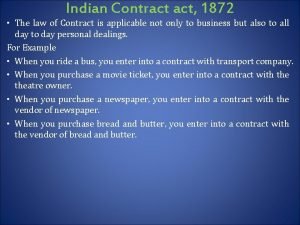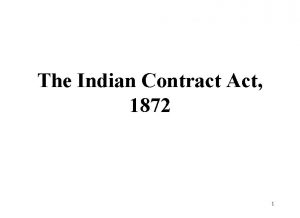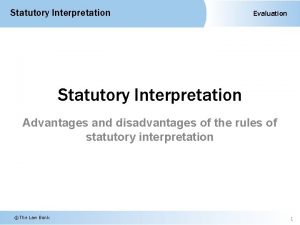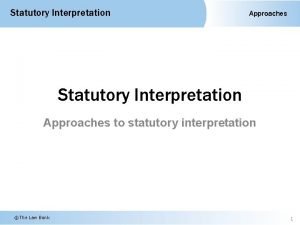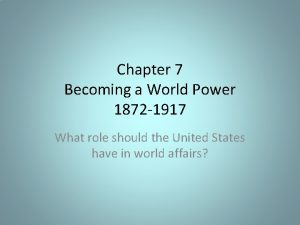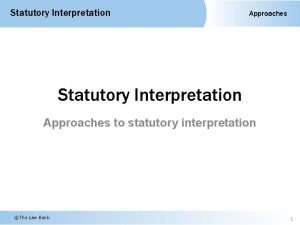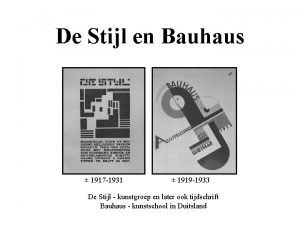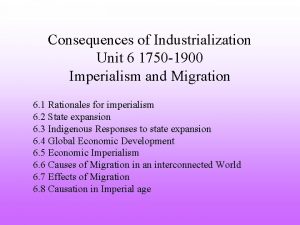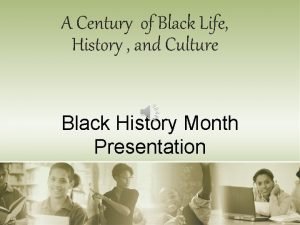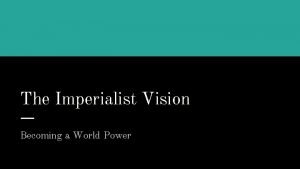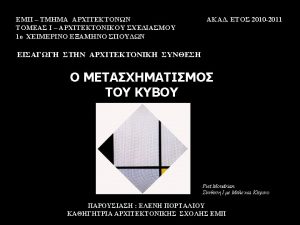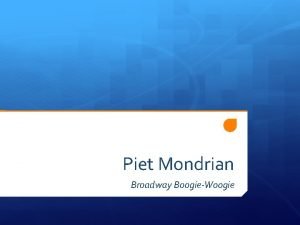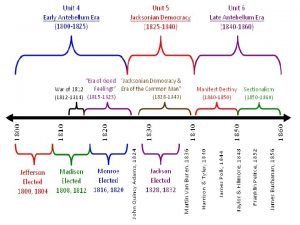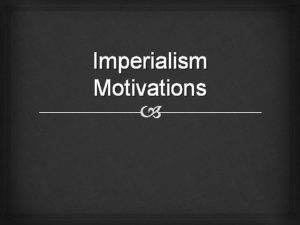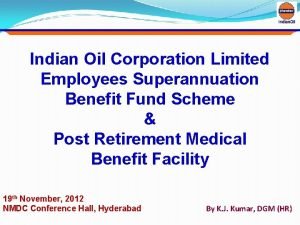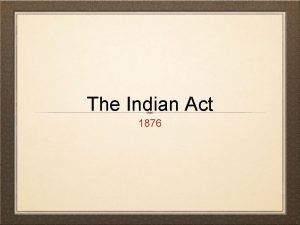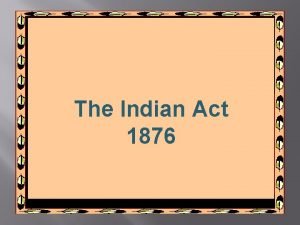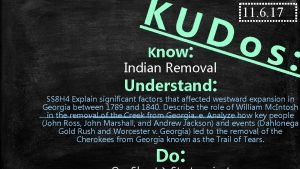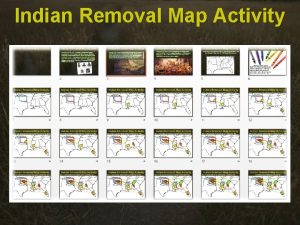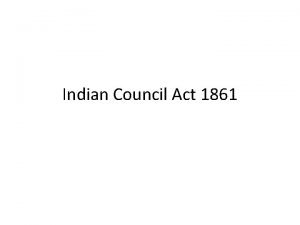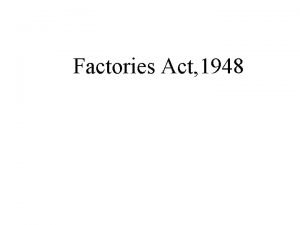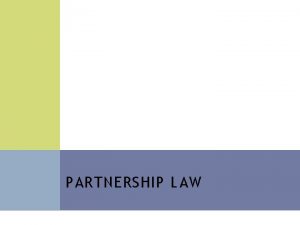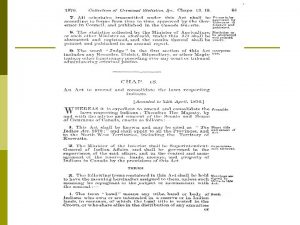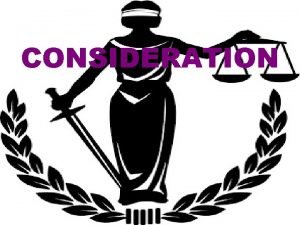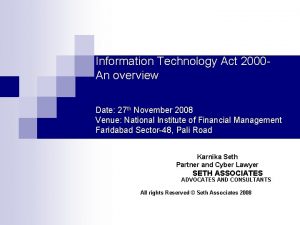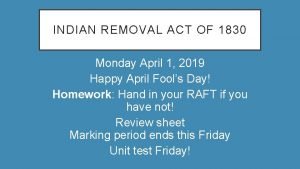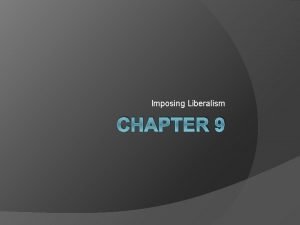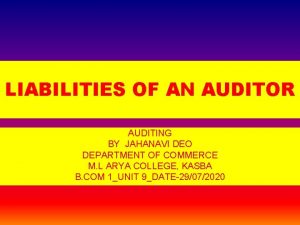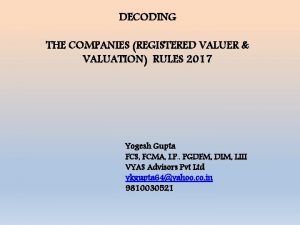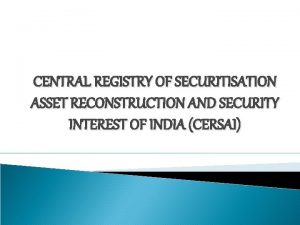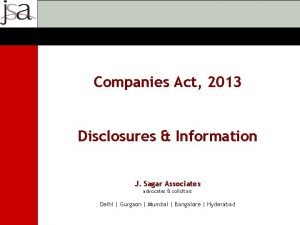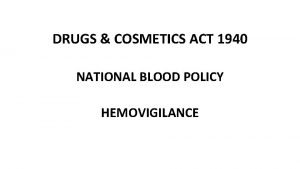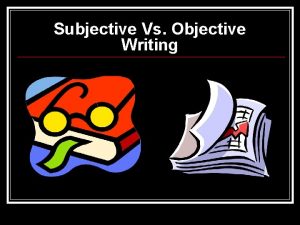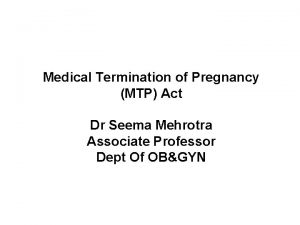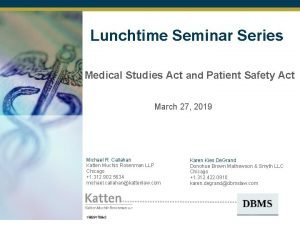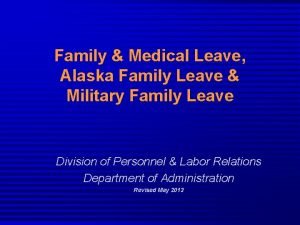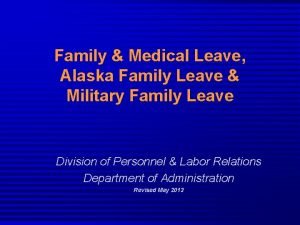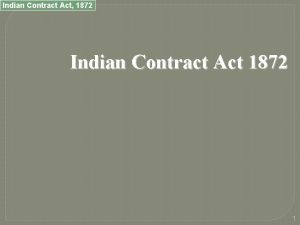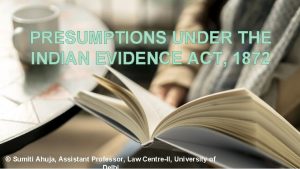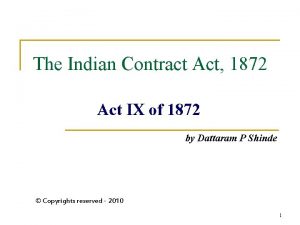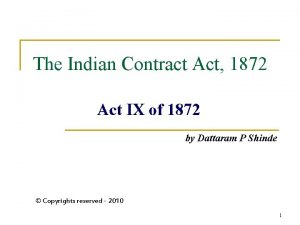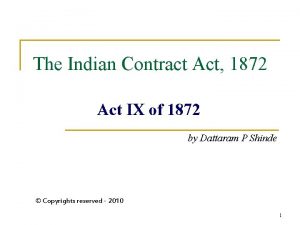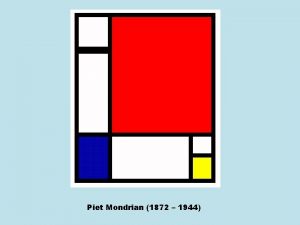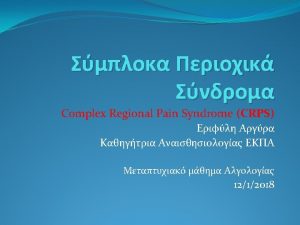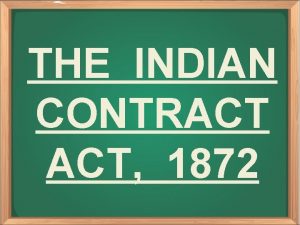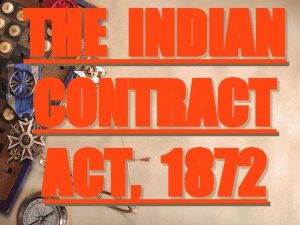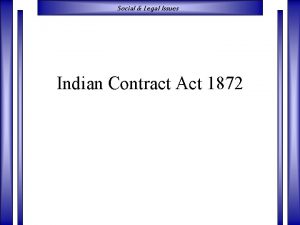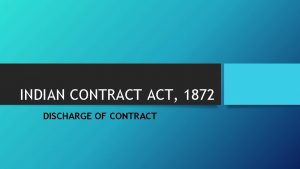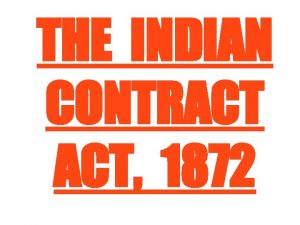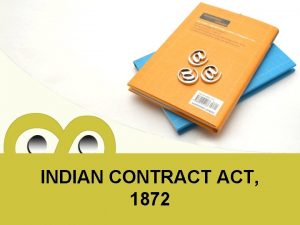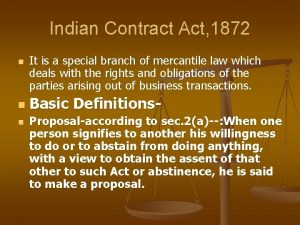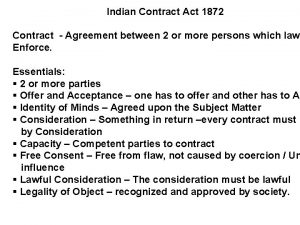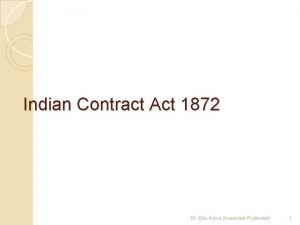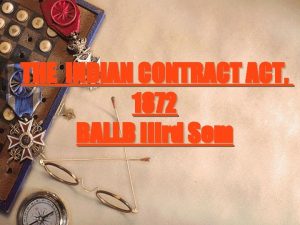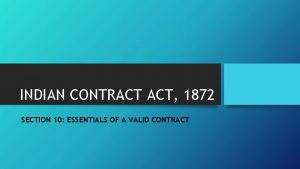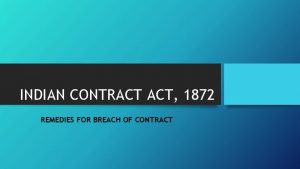MEDICAL EVIDENCE EVIDENCE UNDER INDIAN EVIDENCE ACT 1872




















































- Slides: 52

MEDICAL EVIDENCE

‘EVIDENCE’ UNDER INDIAN EVIDENCE ACT, 1872 � S. 3 - evidence means that ‘which a court of justice is permitted by law to take into consideration for making clear or ascertaining the truth of the fact or point in issue. ’

Types of Evidence � Oral Evidence- all statements which the court permits or requires to be made before it by witnesses in relation to matters of fact under inquiry. � Documentary Evidence- all documents produced for the inspection of the court.

Contd. . . � Direct Evidence- witness testifies directly of his own knowledge as to the main fact or facts in dispute. � Circumstantial Evidence- derived from circumstances. It is the inference of a fact from other facts proved.

Contd. . � Substantial Evidence- which a reasonable man will accept as adequate for arriving at the decision in a case. � Corroborative Evidence- that concurs with another evidence.

Importance of Medical Evidence � Medical 1. 2. 3. 4. 5. 6. 7. Evidence includes. Doctor’s report of examination Reports of the ballistic firearms Report of fingerprint expert Report of the chemical examiner Report of the serologist Doctor’s oral evidence Other expert’s oral evidence

Contd. . � Medical evidence is opinion evidence � It has corroborative value. � Doctors are experts in their own right and when they examine a person and give opinion, it does not normally mean that their opinion in not correct. . . (State v. Sube Singh, 1985).

Value of Medical Evidence in Criminal Trials � Queen v. Ahmed Ali- The evidence of a medical man or other skilled witness, however eminent, as to what he thinks, may or may not have taken place under a particular combination of circumstances, is ordinarily a mere matter of opinion.

� Anant Chintaman Lagu v. State of Bombay (1960)- To rely upon the findings of the medical man who conducted the PM and of the chemical analyser as decisive of the matter is to render the other evidence entirely fruitless.

� Nagindra Bala v. Sunil Chandra (1960)- When a medical witness is called in as an expert, he is not a witness of fact. Medicsl Evidence of an expert is evidence of opinion, not of fact. Where there alleged eyewitnesses of physical violence which is said to have caused the hurt, the value of medical evidence by prosecution is only corroborative.

� Minority opinion by Hidayatullah J in same case- ‘I do not think that the direction is either correct or complete. It is incorrect, because a medical witness who performs a post mortem examination is a witness of fact, though he also gives an opinion on certain aspects of the case. Medical witness is an independent testimony. It is wrong to say that it is only opinion evidence, it is often direct evidence of the facts found upon the victim’s person.

� Santa Singh v. State of Punjab (1956)- The accused who had a rifle with him shot at the deceased from the back. According to the medical evidence, the shot was fired from a very close range about nine inches and a yard or a yard and a half, but according to what was shown to the draftsman by the eyewitnesses, the rifle was fired from a range of about 25 feet. Justice Chandrashekhara, the testimony of the eye witnesses could not be safely accepted.

a. Inconsistency between direct evidence and medical evidence 1. Benefit of doubt is given to the accused. 2. In certain circumstances, court may rely upon medical evidence and not evidences given by witnesses of the prosecution and accused is convicted.

b. Medical Evidence cannot override Reliable Direct Evidence � Punjab Singh v. State of Haryana (1984)- If Direct evidence is satisfactory and reliable, the same cannot be rejected on hypothetical medical evidence.

c. Medical evidence on the side of prosecution and the accused when equally balanced � State (Delhi Administration) v. Gulzari Lal (1979): Where the medical evidence on the both sides is equally balanced, the benefit of doubt is given to the accused.

d. Conflict in opinions of two doctors � When there is conflict between opinions of two doctors, the opinion of the doctor whose evidence is similar to the evidence given by the doctor will be admissible. � If one doctor has given the wound certificate describing the nature of the wound matching with the opinion of the eyewitnesses will be admissible over the opinion given by the doctor who performed the post mortem and described wounds were not matching with the opinion of the eyewitnesses.

Documentary Evidence � MEDICAL CERTIFICATES � MEDICO LEGAL REPORTS � DYING DECLARATIONS

1. Medical certificates � Ill-health � Unsoundness � Death � Certificate of the mind given by qualified medical practitioner registered under State Medical Council Act.

Medical Certificates under different Laws ∎Appendix 4 of Indian Medical Council (Professional Conduct, Etiquette and Ethics) Regulations 2002 - list of certificates/reports � Related to birth, death � Mental health, physical disability, autism � Under Factory Act � Under Employees State Insurance Act

2. Medico Legal Report � These are documents prepared by medical officers in obedience of demand by an authorized police officer/ Magistrate in cases like 1. Assault 2. Rape 3. Murder 4. Poisoning accidents

� These 1. 2. 3. reports consist of three parts. Introductory/preliminary data (full name, age, address, identity marks) The facts observed on the examination The opinion or the inferences drawn from the facts � Post Mortem Report/injury reportmedical officer should be examined in the court of law who conducted the pm or injury examination.

� Examination of exhibits. Weapons/articles of clothing sent for medical examination must be described with full particulars

3. Dying declaration � Indian Evidence Act, 1872 - S. 32 (1) This section talks about admissibility and relevancy of dying declaration. S. 32 - Statements, written or verbal, of relevant facts made by a person who is dead, or who cannot be found, or who has become incapable of giving evidence, or whose attendance cannot be procured without an amount of delay or expense, are themselves relevant facts in following cases-

(1) v When it relates to cause of death- when death of a person comes into question, statements made by such person are relevant. Dying declaration can form sole basis of conviction.

Declaration may be recorded by 1. Magistrate/special executive Magistrate 2. In certain cases, Medical officer Person making declaration must be in sound state of mind.

WITNESSES � Types 1. 2. of witnesses. Common Expert

Common witness � Common witness is one who testifies to the facts observed by himself. � An expert witness is one who because of his professional training, is capable of deducing opinions and inferences from the facts observed by him or noticed by others.

Right to testify as an expert witness in medico-legal cases � The Indian Medical Council Act, 1956 in S. 15(2)(C) states that no person other than a medical practitioner enrolled on a state medical register shall be entitled to give evidence at any inquest or in any court of law as an expert u/s 45 of the Indian Evidence Act, 1872 on the matter relating to medicine.

Right to testify �A medical practitioner is neither a prosecution witness or defence witness, he is only expert witness. � Only medical practitioner shall be entitled to give evidence at any inquest or in any court of law as an expert witness.

Supreme Court guidelines in the case of Parmanand Katara v. Union of India 1. 2. The police, the members of the legal profession, law courts should keep in mind that a medical professional should not be unnecessarily harassed for the purposes of interrogation. The law courts will not summon a medical professional to give evidence unless the evidence is necessary.

Contd. . 3. The law courts have always the respect for the men in the medical profession and they are called to give evidence when necessary. 4. Legal professionals should honour the persons in the medical profession. 5. Unnecessary harassment of the medical professionals should be avoided.

Conduct money/diet money/batta � Civil cases 1. Fee must be paid to the medical professional, for example travelling expenses 2. If court feels that fee was less, then court may order reasonable fee � Criminal cases 1. No fee 2. The independent medical practitioner may demand his fees.

Admissibility of the evidence through video conferencing � In some of the states like Punjab, Haryana, the state governments have made possible video conferencing as the preferred mode of medical evidence in criminal trials.

NORMS FOR MEDICAL PERSONNEL WHILE GIVING EVIDENCE 1. Well dressed, preferably in white apron 2. A doctor should address to High Court Judge as ‘My lord’ and District Judge as ‘Your Honour’ (before resolution passed by Bar Council of India) 3. After passing of Resolution by Bar Council of India, Supreme Court and High Court Judges should be addressed as ‘Your Honour’ and Subordinate Court Judges must be addressed as ‘Sir’

4. The witness should give his evidence irrespective of whether it was likely to lead conviction or acquittal of the accused. 5. He should give definite opinion with reasons. 6. His evidence should relevant, reliable, clear, honest and impartial. 7. His answers should be to the point, brief and precise.

8. He should never lose his temper and should appear cool and courteous. 9. Proper preparation before giving evidence is essential. 10. He should speak slowly and audibly to enable the Judge to hear him , to take notes of his evidence. 11. Opinion must be fair, unbiased.

12. He should use plain and simple language avoiding all technicalities (medical terms). 13. He should avoid long discussions.

Professional secrets � Legal Profession: S. 126 of Indian Evidence Act, 1872, a lawyer will not be permitted to disclose in the Court any communications made to him by the client in the course and for the purpose of his employment.

� Medical profession: Under Indian Medical Council (Professional Conduct and Ethics) Regulations, 2002 provides that communication made by a patient should not be disclosed, but in public interest, it can be disclosed, for e. g. It is necessary to disclose that patient is suffering from AIDS, if other spouse seeks the information whether patient has communicable disease or not.

Doctor as a witness � Taking oath � Opinion given by the doctor as a witness must be with reasons. � In the case of Poloniswamy v. State (1968), the doctor’s opinion was rejected as it did not contain the reasons.

Recording of Evidence � The medical expert’s evidence is recorded in the following manner 1. Examination-in-chief 2. Cross-examination 3. Re-examination 4. Questions put by the judge

1. Chief Examination � Meaning � Leading questions are not allowed. e. g. Did you not see X striking Y with a stick on certain afternoon. � In what manner, it can be askede. g. 1. When this incident occur? 2. What did you notice? 3. Where were you at that time?

2. Cross Examination � Meaning � Leading questions are permissible � No irrelevant questions � Objectives 1. To elicit facts favourable to his case 2. To test the accuracy of the statements made by the witnesses. 3. To explain what has been said. 4. To discredit the witness.

3. Re- Examination � The prosecution counsel who conducts the chief examination, has the right to reexamine the witness (s. 311 of Cr. PC)S � Leading questions are not allowed. � Objectives: 1. To explain the ambiguities 2. To correct any mistake 3. To clarify the statements, which the witness had made in the cross examination

4. Court questions � To clear up doubtful points.

Case law 1. � Medical witness- Madan Gopal Kakkad v. Naval Dubey(1992)In this case, the Supreme Court held that a medical witness called in as an expert to assist the Court is not a witness of fact and the evidence given by the medical officer is of advisory character given on the basis of symptoms found on the examination.

2. Reference to Books on Medical Jurisprudence In the case of Kusa v. State of Orissa (1980), the Supreme Court held that whenever it is intended to place reliance on a particular view taken by the authors of medical jurisprudence, the said view must be put to the doctor to assess the application of it to the facts of the particular case.

3. Where medical evidence deficient, Court can come to its own conclusion. In the case of Brij Bhukan v. State of U. P. , the Court held that if the medical evidence is deficient, then Court may come to its own conclusion.

4. Deposition of Medical Witness taken in a Lower Court. S. 291 of the Cr. PC, evidence given by medical witness in lower Court is accepted in higher Court, provided it is recorded and attested by the Magistrate in the presence of the accused with the certificate of deposition.

5. Opinion of Medical Expert not binding on Court. In State of Haryana v. Bhagirath (1999), the opinion given by the medical expert will be tested by the Court. Due weight will be given to the opinions given by the experts, but it seem that it is inconsistent with probability, such opinion is not binding on the Court.

6. Evidence given by a witness in a previous judicial proceeding. Such evidence is admissible in certain case like when witness is dead or cannot be found or is of incapable of giving evidence.

� References: Modi’s ‘A Textbook of Medical Jurisprudence and Toxicology’
 Indian contract act 1872
Indian contract act 1872 Nature of indian contract act 1872
Nature of indian contract act 1872 1872 in indian history
1872 in indian history Poder judicial
Poder judicial Lner v berriman
Lner v berriman Purposive rule of interpretation
Purposive rule of interpretation Becoming a world power 1872-1917
Becoming a world power 1872-1917 R v allen (1872) lr 1 ccr 367
R v allen (1872) lr 1 ccr 367 This period lasted from approximately 1775 - 1825
This period lasted from approximately 1775 - 1825 Kenmerken bauhaus
Kenmerken bauhaus Open shaft diamond mining at kimberley south africa in 1872
Open shaft diamond mining at kimberley south africa in 1872 Thomas marshall fire extinguisher 1872
Thomas marshall fire extinguisher 1872 Lesson 1 the imperialist vision
Lesson 1 the imperialist vision What is propaganda movement?
What is propaganda movement? Impression sunrise claude monet 1872 oil on canvas
Impression sunrise claude monet 1872 oil on canvas Aeroplane flying
Aeroplane flying Broadway boogie woogie 1943, piet mondrian 1872-1944
Broadway boogie woogie 1943, piet mondrian 1872-1944 Manifest destiny texas
Manifest destiny texas Open shaft diamond mining at kimberley south africa in 1872
Open shaft diamond mining at kimberley south africa in 1872 Macbeth act 2 summary
Macbeth act 2 summary Indian oil corporation retired employees
Indian oil corporation retired employees Slidetodoc
Slidetodoc Indian act 1876
Indian act 1876 Was andrew jackson a president
Was andrew jackson a president Indian factory act
Indian factory act Outline map the indian removal act of 1830
Outline map the indian removal act of 1830 Indian councils act of 1861
Indian councils act of 1861 Objectives of factories act 1948
Objectives of factories act 1948 Partnership act 1961
Partnership act 1961 Indian act definition
Indian act definition Section 2 d consideration
Section 2 d consideration Indian removal act of 1830
Indian removal act of 1830 Indian it act
Indian it act Indian removal act of 1830
Indian removal act of 1830 Imposition of liberalism examples
Imposition of liberalism examples Criminal liabilities of an auditor
Criminal liabilities of an auditor Appointment of registered valuer under companies act, 2013
Appointment of registered valuer under companies act, 2013 Cersai expansion
Cersai expansion Website disclosures under companies act 2013
Website disclosures under companies act 2013 Blood bank regulation under drugs and cosmetics act
Blood bank regulation under drugs and cosmetics act Doctors license number
Doctors license number Greater baltimore medical center medical records
Greater baltimore medical center medical records Difference between medical report and medical certificate
Difference between medical report and medical certificate Torrance memorial map
Torrance memorial map Cartersville medical center medical records
Cartersville medical center medical records Conduct money
Conduct money Example of objective writing
Example of objective writing Mtp act
Mtp act Illinois medical studies act
Illinois medical studies act Alaska family medical leave act
Alaska family medical leave act Alaska family medical leave act
Alaska family medical leave act Secondary sources
Secondary sources Primary evidence vs secondary evidence
Primary evidence vs secondary evidence
